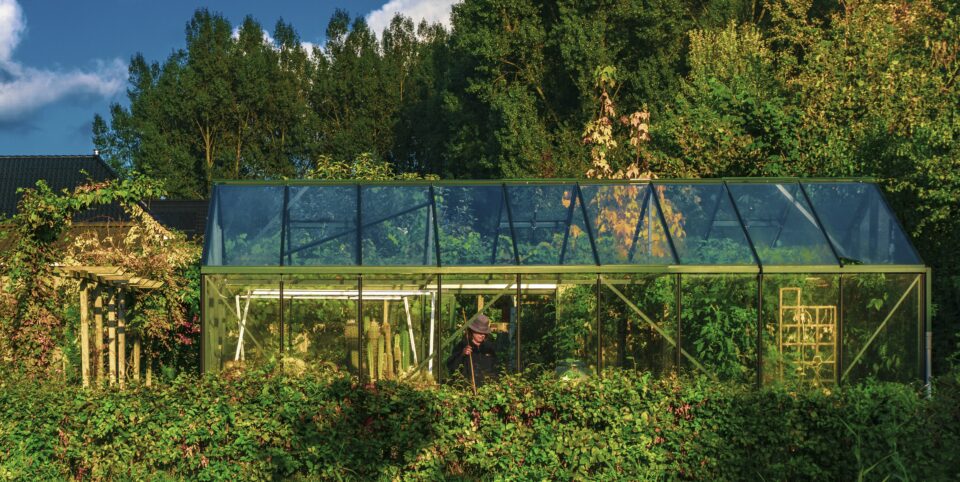Contact
020 7953 7040
info@ccameron.co.uk
Charles Cameron & Associates
Blackfriars Foundry
154-156 Blackfriars Road
London SE1 8EN
What the UK government’s Green Industrial Revolution means for homeowners
January 15, 2021
Information published was correct at the time of writing
-

The ‘Green Industrial Revolution’? Isn’t that something to do with electric cars and wind farms?
The Green Industrial Revolution was announced by the British Government in November. It’s a 10-point plan that takes in everything from energy production and sustainable transport to green technology and sustainable housebuilding. The goal is for the UK to be carbon-neutral by 2050.
This sounds admirable. But what does that have to do with homeowners?
Quite a lot. A key part of the initiative is the £3bn Green Homes Grant voucher scheme which will help homes and public buildings become more energy efficient. A key part of this will be replacing gas boilers with electric heat pumps.
An electric heat pump? What’s that?
A heat pump takes heat from the ground or air – basically like a fridge in reverse, and unlike gas boilers, it doesn’t emit carbon dioxide into the atmosphere. The Government has pledged to install 600,000 heat pumps a year by 2028, and it will be illegal to install a gas boiler in a new-build property by 2023.
Are heat pumps expensive?
They’re certainly pricier than gas boilers, which on average cost around £2,500. A ground-source heat pump costs between £11,000 to £15,000, while an air-source pump is priced from £5,000 to £8,000.
That’s what I was concerned about
Don’t worry, for homeowners in England, the Government will pay two-thirds of the cost with vouchers of up to £5,000 through the Green Homes Grant scheme – this runs until the end of March 2022. If you’re in a low-income household or receive disability benefits, you may be able to get a 100 percent subsidy on the work up to a maximum contribution of £10,000.
Is there anything else I can do to increase the energy efficiency of my home?
Yes. As well as providing funding for heat pumps, the Green Homes Grant scheme covers the installation of solid-wall, under-floor, cavity-wall or roof insulation. You can also use your grant to help pay for the replacement of single-glazing with double- or triple-glazing; install energy-efficient doors; or add thermostat and controls to your heating system.
Can you give me a practical example of how this will work?
Let’s say you wanted to install cavity wall insulation, and were quoted £4,000 for the job. Through the Green Homes Grant scheme, the Government would pay £2,680 – leaving you with a bill of only £1,320. You’d also save around £200 on heating bills and reduce your carbon dioxide emissions by 700kg a year.
All sounds interesting but will it add value to my home?
Yes it should! According to the Government, improving your home’s EPC rating from D to B could increase its overall value by £16,000. Individual home improvements covered by the Green Energy Grant could also boost your house price. For example, on average adding insulation could increase the value of your home by 6.4 percent when the £5,000 grant is taken into consideration. The grant can also be used for installing a ground source heat pump, biomass boiler or solar thermal heating panels.
That’s not all. As long as you carry out one of the above improvements (known as ‘primary’ improvements) which are covered by the Green Energy Grant, then you can also use the £5,000 to cover improvements such as double glazing, draught proofing and better heating controls. All of which could add additional value or simply make it easier to sell your home.
That sounds great. Where do I go for information on all this?
The best place is the Government’s Simple Energy Advice website [link: https://www.simpleenergyadvice.org.uk]. You’ll get impartial, practical advice and will be able to apply for your Green Homes Grant directly from the site.



